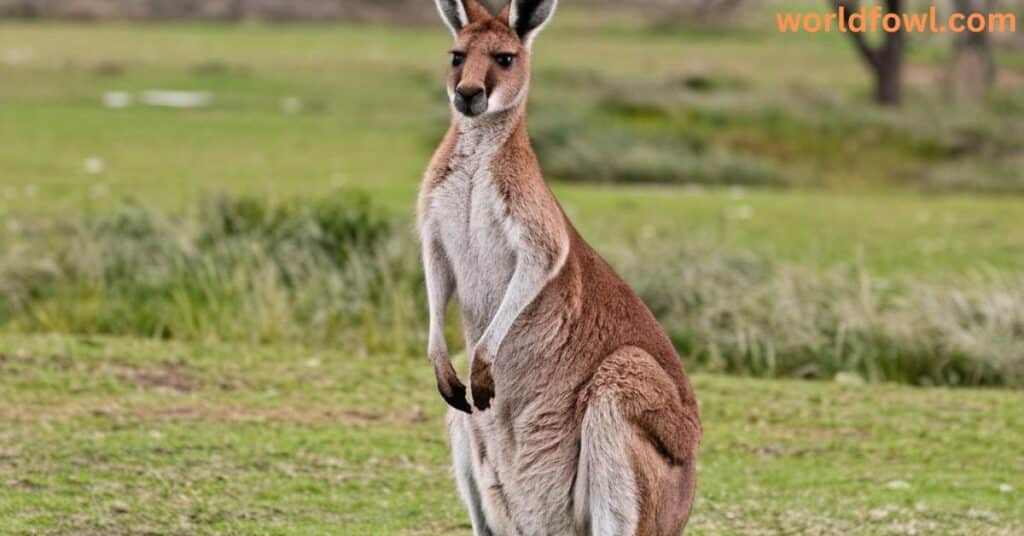Kangaroos are among the most well-known and iconic creatures of Australia, largely due to their distinctive appearance and hopping locomotion. As members of the marsupial family Macropodidae, kangaroos are synonymous with the Australian landscape and wildlife. With their unique, powerful hind legs and muscular tails, these creatures are fascinating to watch in their natural habitat. However, one question that often arises is, Do Kangaroos Attack Humans? While kangaroos are not naturally aggressive animals, certain situations may lead to kangaroo attacks, and understanding these situations can help keep you safe.
In this in-depth guide, we’ll explore the circumstances under which kangaroos attack humans, the dangers posed by such attacks, how to recognize aggression, and most importantly, how to avoid these situations. We’ll also delve into kangaroo behavior, the reasons behind their aggression, and the steps you can take to ensure safe interactions with these remarkable creatures.
What Are Kangaroos?
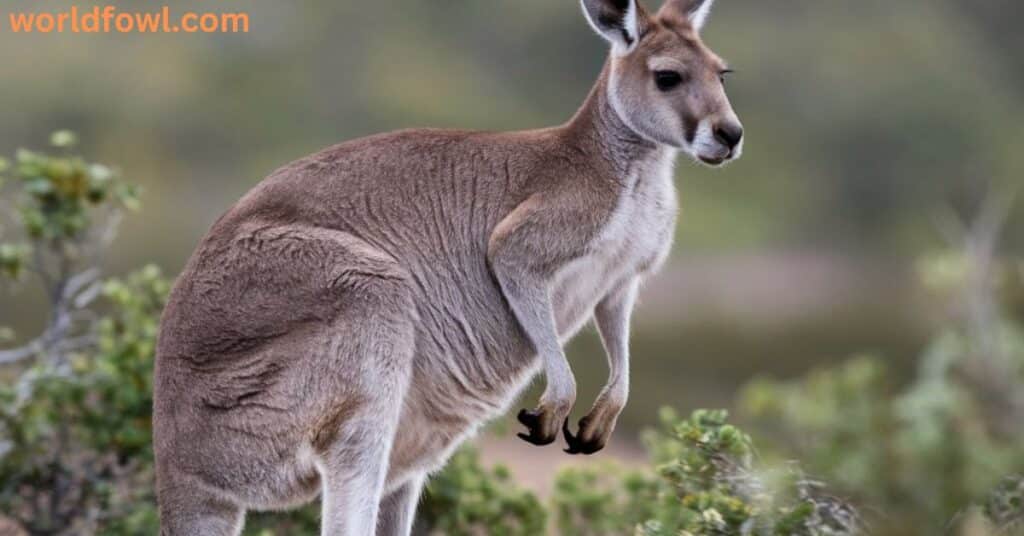
Kangaroos are herbivorous marsupials native to Australia and are recognized worldwide for their powerful hopping locomotion and unique biology. They belong to the Macropodidae family, which includes wallabies, wallaroos, and other species within the group. The name “kangaroo” is commonly used for several species, including:
- Red Kangaroo (Macropus rufus): The largest of all kangaroo species, found throughout Australia’s interior.
- Eastern Grey Kangaroo (Macropus giganteus): Known for its agility and commonly seen on the eastern and southeastern coasts of Australia.
- Western Grey Kangaroo (Macropus fuliginosus): Found in the southern and western parts of Australia.
Kangaroos are notable for their ability to move efficiently across the Australian outback using their long, muscular hind legs. Their tail is also strong and provides balance when they move. Typically, kangaroos live in mobs, which are groups that consist mostly of females and their young, led by a dominant male.
Kangaroos are generally peaceful creatures that prefer grazing on grasses and other vegetation. However, their natural instincts can sometimes be triggered by certain situations, leading to wildlife aggression.
See Also : Do Wild Pigs Attack Humans?
Why Would Kangaroos Attack Humans?
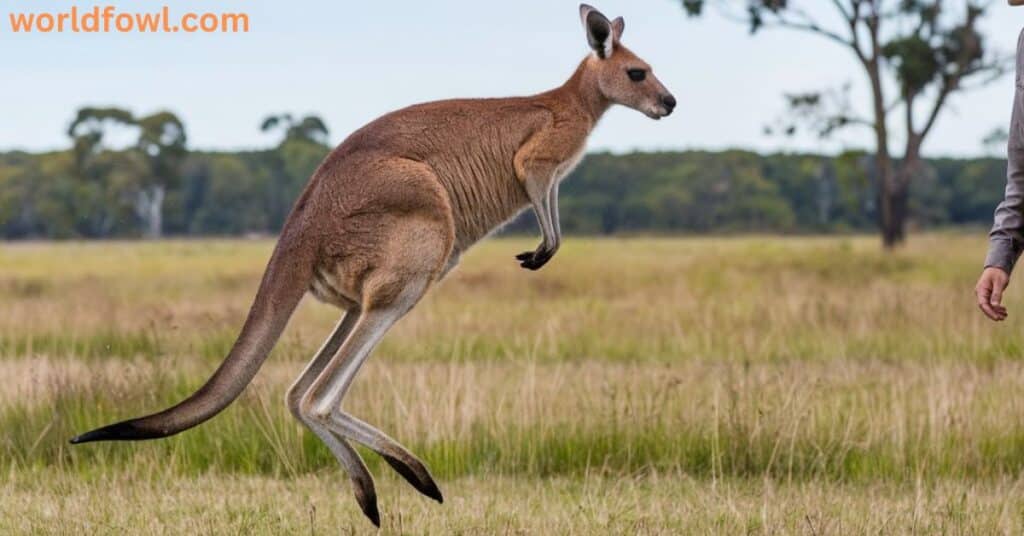
Understanding kangaroo behavior and the reasons behind attacks is essential to avoiding dangerous situations. Though kangaroos are not naturally aggressive, several factors can lead to kangaroo attacks on humans. Let’s dive into the primary reasons behind this aggression:
Territorial Behavior
Kangaroos, particularly males, can be highly territorial. During the mating season, male kangaroos become more competitive and defensive of their space. This territorial instinct drives them to challenge any perceived threats, including other kangaroos, animals, and humans.
Male kangaroos often engage in intense physical displays and fights with other males during mating season. If a human inadvertently enters their space or comes too close to a female kangaroo they are trying to attract, the male kangaroo may feel threatened and attack in defense of its territory. This is one of the most common scenarios where kangaroo attacks occur.
Self-Defense and Protective Behavior
While kangaroos are not naturally inclined to attack humans, they can become aggressive in situations where they feel cornered or threatened. Female kangaroos, in particular, may display protective behavior if they perceive a human as a threat to their young joey.
Mother kangaroos will go to great lengths to protect their offspring. If a joey is in danger, the mother will act quickly, either by fleeing the area or, in more extreme cases, by using force to defend her young. In such situations, the kangaroo may lash out at a human to keep them away from her joey.
Moreover, kangaroos are very sensitive to stress. If they feel trapped, threatened, or surrounded—especially by humans or predators—they may engage in aggressive behavior to escape. These defensive actions can lead to kangaroo attacks that, although rare, can result in injury if the person is too close.
Food Scarcity and Stress
Another factor that can lead to aggression is food scarcity. Australia is known for its harsh environmental conditions, and during times of drought, food and water can become limited. As a result, kangaroos may become more territorial and aggressive in their search for food. When resources become scarce, they may feel threatened by any perceived competition—including humans who venture into their feeding grounds. This is especially true in wildlife parks or areas where people might feed kangaroos. If a kangaroo associates humans with food, it could lead to a more aggressive response, particularly if the kangaroo becomes anxious or frustrated due to a lack of resources.
See Also : Do Sea Lions Attack Humans? Terrifying Tales!
Examples of Kangaroo Attacks on Humans
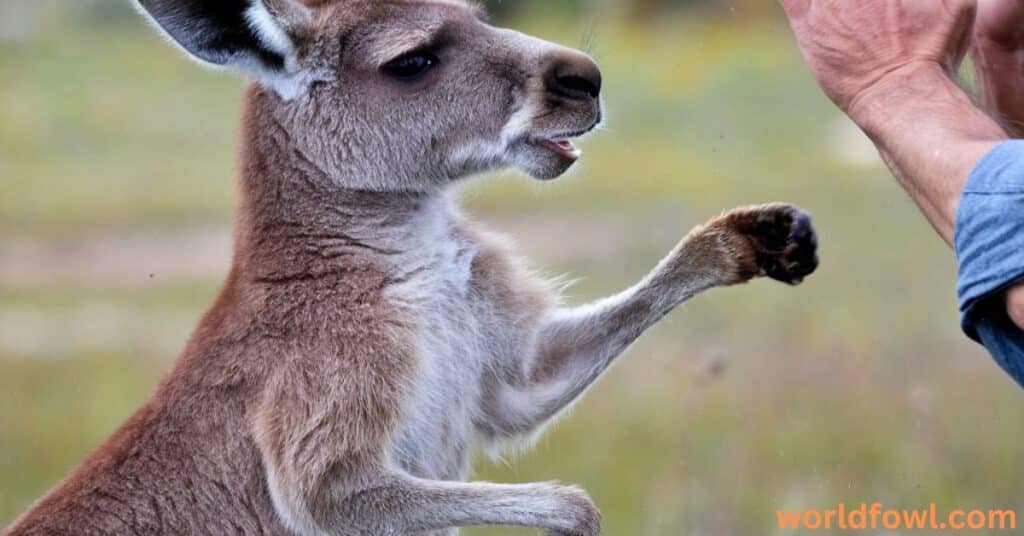
Though kangaroo attacks on humans are rare, there are documented incidents that show how kangaroos can become aggressive when provoked or when they feel threatened. These incidents, although few, highlight the need for caution when interacting with kangaroos.
High-Profile Cases
- The 1936 Fatal Attack in Victoria: This is one of the most well-known incidents where a kangaroo attack resulted in a fatality. A man was killed after being attacked by a male kangaroo. It’s believed the kangaroo saw the man as a threat and became aggressive. While this is an extreme case, it emphasizes that kangaroo attacks can be dangerous, especially if the kangaroo feels cornered or is provoked.
- The 2000 Attack in a Wildlife Park: A woman was attacked by a kangaroo in a wildlife park after attempting to feed it. The kangaroo became territorial and aggressive, leading to broken bones and deep lacerations. This incident is a reminder that feeding kangaroos is risky and can lead to wildlife aggression.
- Recent Incidents in Rural Australia: In more recent years, kangaroo attacks have been reported in rural areas, often involving people who wander too close to kangaroos during their mating season. While these attacks are rarely fatal, they can cause significant injuries.
While most kangaroos avoid human interaction, these examples show that under the wrong circumstances, kangaroos may resort to aggression. Protective behavior is most often seen in females with joeys, and territorial males may become hostile during mating season.
How Dangerous Are Kangaroo Attacks?
Kangaroos are incredibly strong animals, and their physical prowess makes them capable of causing significant injury if they attack. The primary danger from kangaroo attacks comes from their powerful hind legs and sharp claws. Here’s a closer look at how dangerous these attacks can be:
Types of Injuries
- Kicks to the Chest or Stomach: A kangaroo’s legs are its primary weapon. With strong hind legs, it can deliver devastating kicks. A kick to the chest can break ribs or cause internal injuries, while a kick to the stomach may rupture organs.
- Claw Scratches: Kangaroos also have sharp claws on their forepaws, which they use for defense. These claws can cause deep cuts, especially if the kangaroo is startled or provoked. These cuts can be painful and may lead to infection if not treated properly.
- Head butts and Leaps: In rare cases, kangaroos have been known to attack by using their heads or forelimbs to push away threats. They may even leap towards a human to strike, using their full weight in an attempt to overpower or scare them.
While fatalities from kangaroo attacks are extremely rare, the injuries sustained can be serious. Kangaroo safety tips include avoiding close contact, especially when a kangaroo seems agitated or protective of its young.
The Likelihood of Serious Harm
Most kangaroo attacks result in minor injuries such as scratches, bruises, or sprains. However, in extreme cases, injuries can be more severe. The combination of powerful kicks and sharp claws increases the risk of significant injury, especially if the victim is unprepared or trapped in a corner.
If a kangaroo attack leads to significant injury, it is crucial to seek medical help immediately. The good news is that kangaroo attacks are rare, and the vast majority of interactions with these animals are peaceful.
See Also : Do Kodiak Bears Attack Humans?
Are Kangaroo Attacks Common?
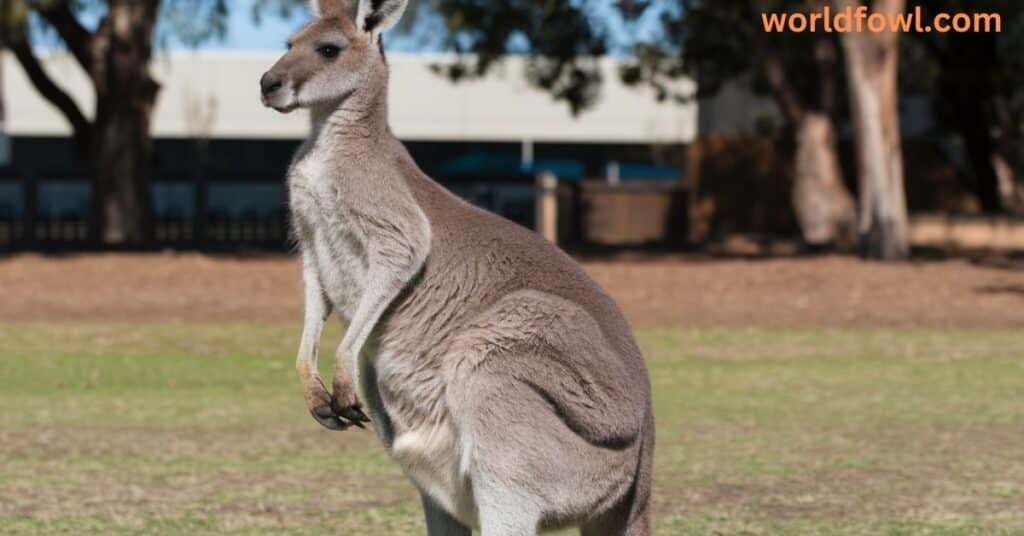
Kangaroo attacks on humans are not as common as some might think. In fact, they are relatively rare. According to various reports, there are only 10-15 documented cases of kangaroo-related injuries per year in Australia. However, these attacks tend to be underreported, especially in rural areas where people may not immediately seek medical attention for minor injuries.
Factors That Influence Attack Frequency
- Mating Season: During the mating season, male kangaroos become more territorial and competitive. This is when attacks are most likely to occur, as kangaroos protect their territory and mates. The mating season typically runs from late autumn to early spring, which is when the risk of kangaroo attacks is highest.
- Human-Wildlife Interaction: Feeding kangaroos or attempting to get too close to them can increase the likelihood of an attack. Kangaroos that are accustomed to human interaction are more likely to approach people, which can lead to potential conflict.
- Environmental Stress: When kangaroos experience environmental stress due to food scarcity, such as during droughts, they may become more aggressive. Scarcity of food can lead to more intense competition, which may result in territorial aggression and kangaroo attacks.
Where Do Kangaroo Attacks Happen?
Most kangaroo attacks occur in rural, suburban, or wilderness areas, especially where kangaroo populations are higher. They are less common in urban areas, but they can still happen in wildlife parks, nature reserves, and rural backyards. Wildlife feeding issues in parks or reserves also lead to an increase in kangaroo-human interaction, which can sometimes result in aggression.
Signs of Kangaroo Aggression
Recognizing when a kangaroo is becoming aggressive is key to avoiding a kangaroo attack. Kangaroos exhibit specific behaviors that signal aggression or discomfort. Here are the key signs to watch out for:
- Raised Fur or Puffed Chest: Male kangaroos may puff up their chest or fluff their fur as part of a display of dominance. This behavior is a sign that the kangaroo is feeling threatened or territorial.
- Staring with Flattened Ears: If a kangaroo is staring at you with its ears laid flat against its head, it’s a warning sign that the animal feels threatened. This posture is often seen before a kangaroo decides to fight or defend itself.
- Thumping the Ground: Kangaroos may thump the ground with their feet as a warning. This is an attempt to warn off perceived threats. If you hear this sound, it’s best to back off slowly.
- Aggressive Posture: A kangaroo may stand tall, adopting a defensive stance. This posture often precedes an attack, as the kangaroo prepares to defend itself.
If you encounter a kangaroo displaying any of these behaviors, it’s essential to stay calm, slowly retreat, and give the animal plenty of space to avoid provoking an attack.
See Also : Do Horses Attack Humans? Horse Behavior
How to Avoid Kangaroo Attacks
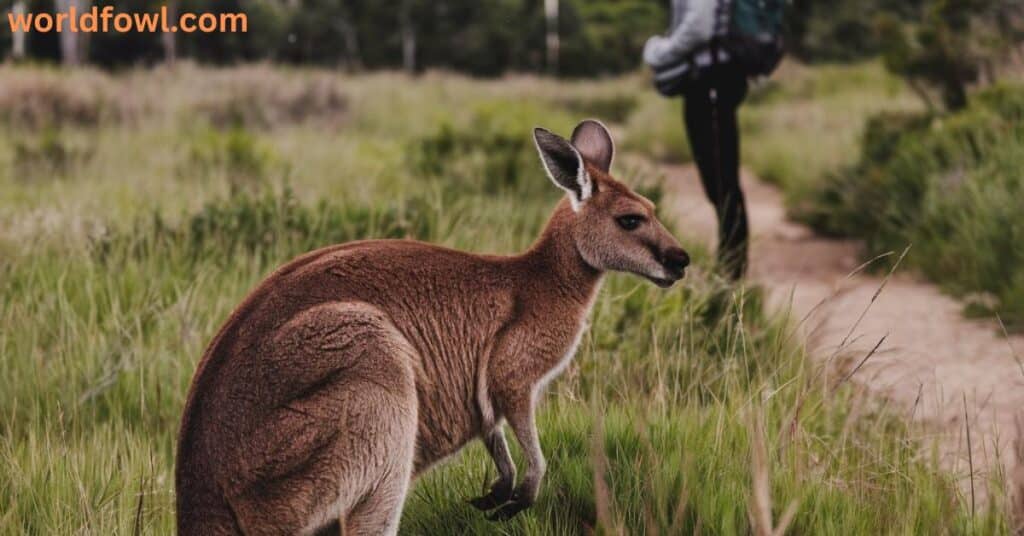
While kangaroo attacks are rare, there are several kangaroo safety tips that can help reduce the likelihood of an encounter turning violent. Here are some strategies for staying safe around kangaroos:
Keep Your Distance
It’s essential to maintain a safe distance from kangaroos, especially in the wild. If you see a kangaroo, stay at least 10 feet away, as getting too close can cause the animal to feel threatened.
Avoid Feeding Kangaroos
Feeding kangaroos can lead to wildlife feeding issues and alter their behavior. Kangaroos that are used to being fed by humans may become more aggressive in the future, associating humans with food.
Respect Their Territory
If you’re in kangaroo territory, avoid entering areas where they are feeding or resting. Male kangaroos are especially territorial, and if you intrude, they may see you as a threat.
Observe Their Behavior
Look for early signs of aggression, such as puffed chests or direct staring. If you notice these signs, it’s best to leave the area quietly.
Stay Calm
If a kangaroo starts showing signs of aggression, don’t run away or make sudden movements. Stay calm and slowly back away, keeping your eyes on the animal.
By following these simple kangaroo safety tips, you can significantly reduce the risk of a dangerous encounter with a kangaroo.
What to Do If You Are Attacked by a Kangaroo
In the unlikely event that you are attacked by a kangaroo, it’s important to take immediate action. Here’s what to do:
Seek Shelter
If possible, try to get behind a tree, rock, or other large object to protect yourself from the kangaroo’s kicks. If there are people around, try to group together, as kangaroos are less likely to attack groups of humans.
Protect Yourself
If you cannot escape, protect your face, chest, and abdomen from the kangaroo’s powerful kicks. Use any available object to shield yourself from the attack.
Get Medical Help
Even if the injuries seem minor, it’s important to seek medical help immediately after a kangaroo attack. Injuries such as deep cuts from claws or internal damage from kicks should be examined by a medical professional.
Conclusion: Do Kangaroos Attack Humans?
The question, Do kangaroos attack humans, has a nuanced answer. While kangaroos are generally peaceful and avoid human interaction, certain situations—such as territorial aggression, protective behavior, and food scarcity—can lead to kangaroo attacks. Most of these attacks are preventable by respecting the animals’ space, avoiding feeding them, and understanding the signs of aggression.
Kangaroo attacks are rare, and when they do occur, they are typically not fatal. However, kangaroos are powerful animals, and their defense mechanisms can result in serious injury if provoked. By following kangaroo safety tips and maintaining a safe distance, you can minimize the risk of an encounter turning violent.

Henry James is a seasoned blogger and a passionate storyteller on “World Fowl.” With years of experience crafting engaging content, he brings a unique blend of expertise and creativity to his writing. Henry specializes in exploring diverse topics with depth and clarity, captivating readers worldwide.

